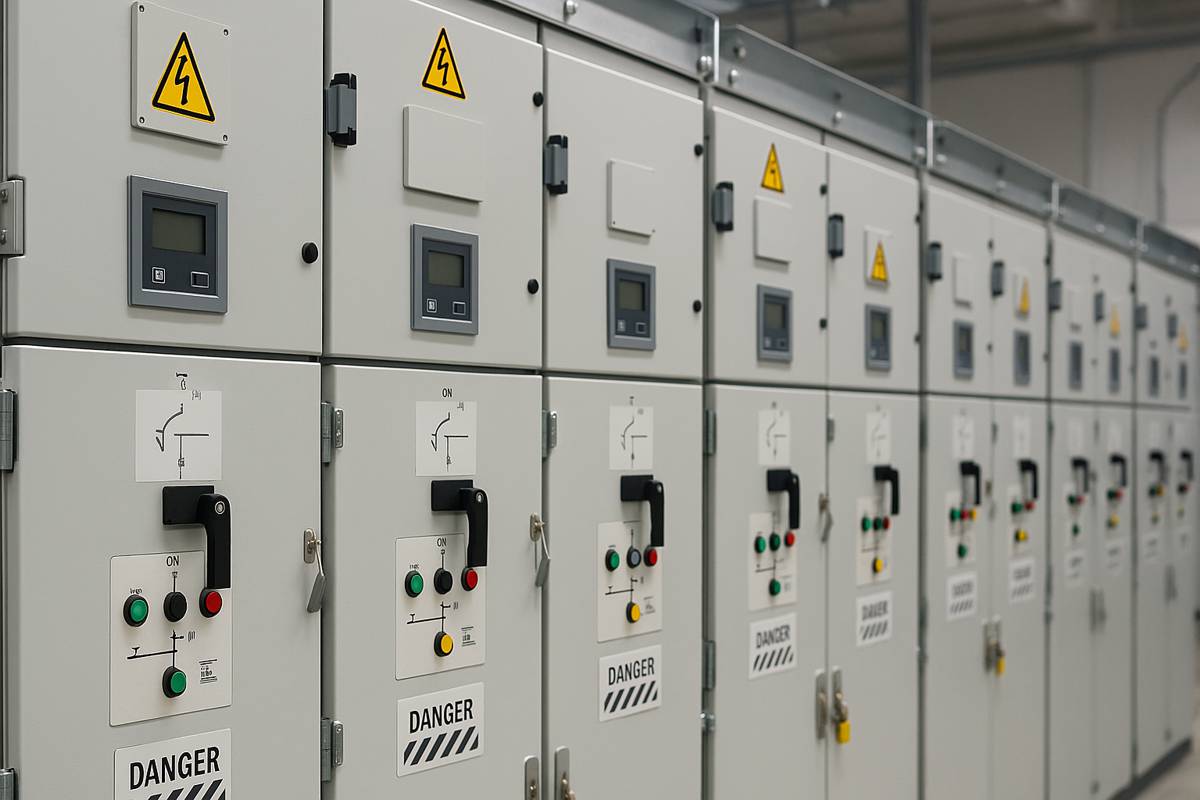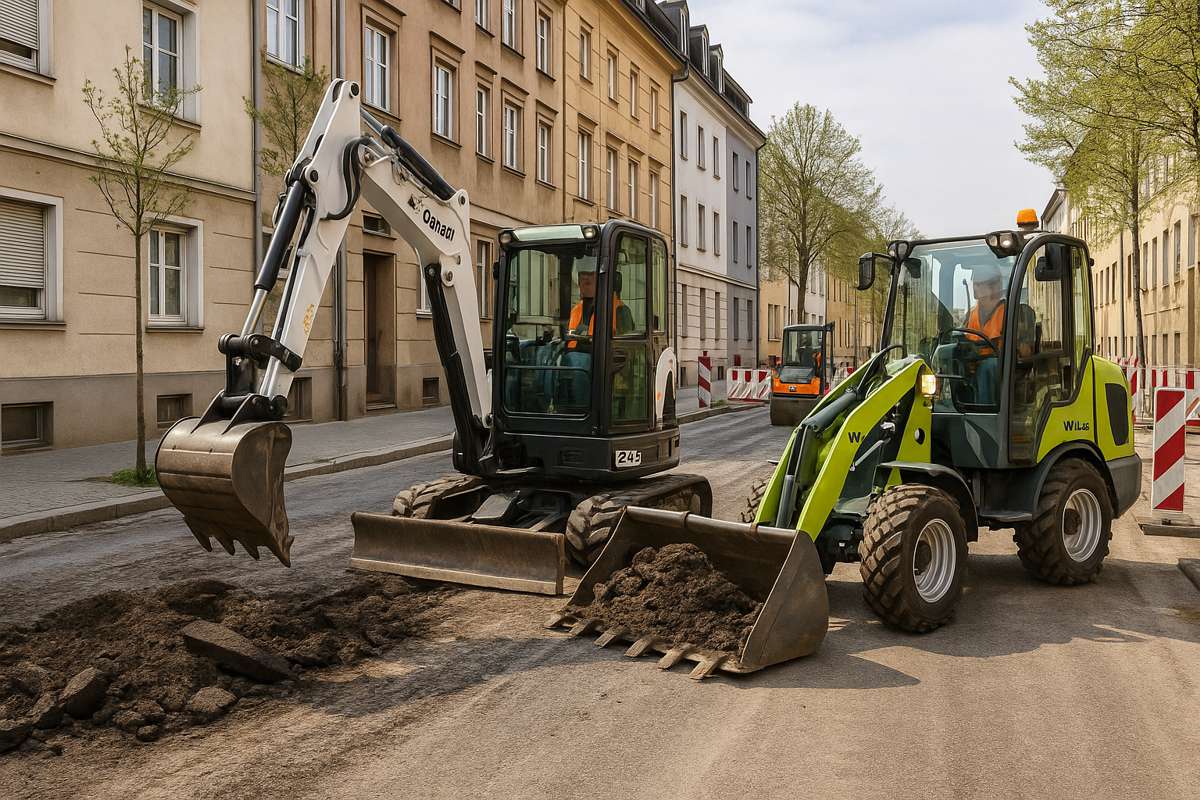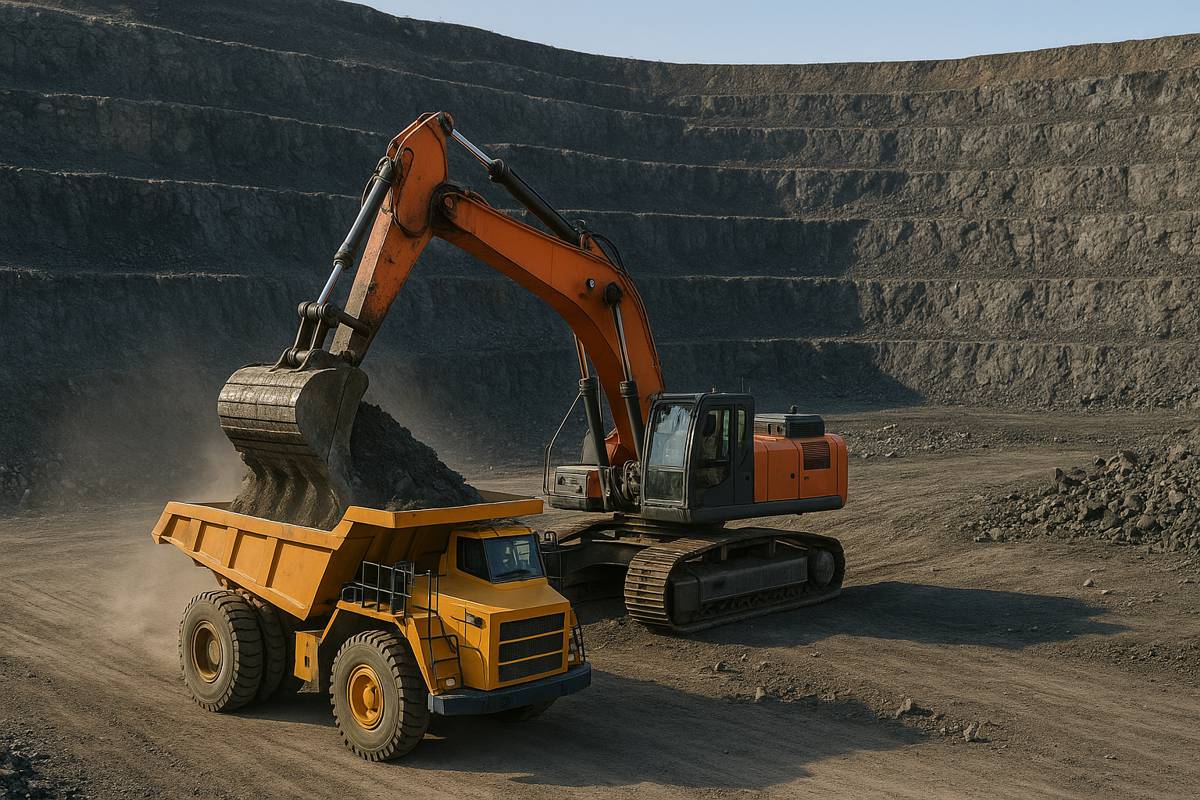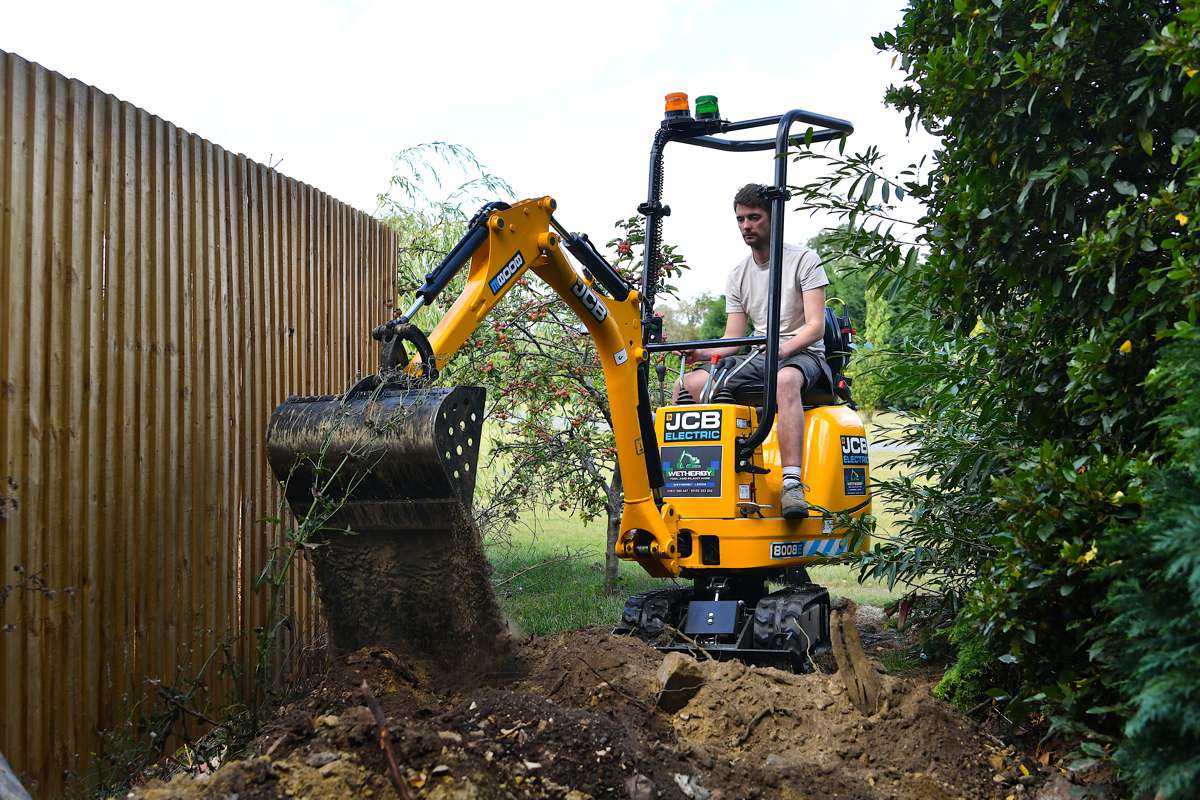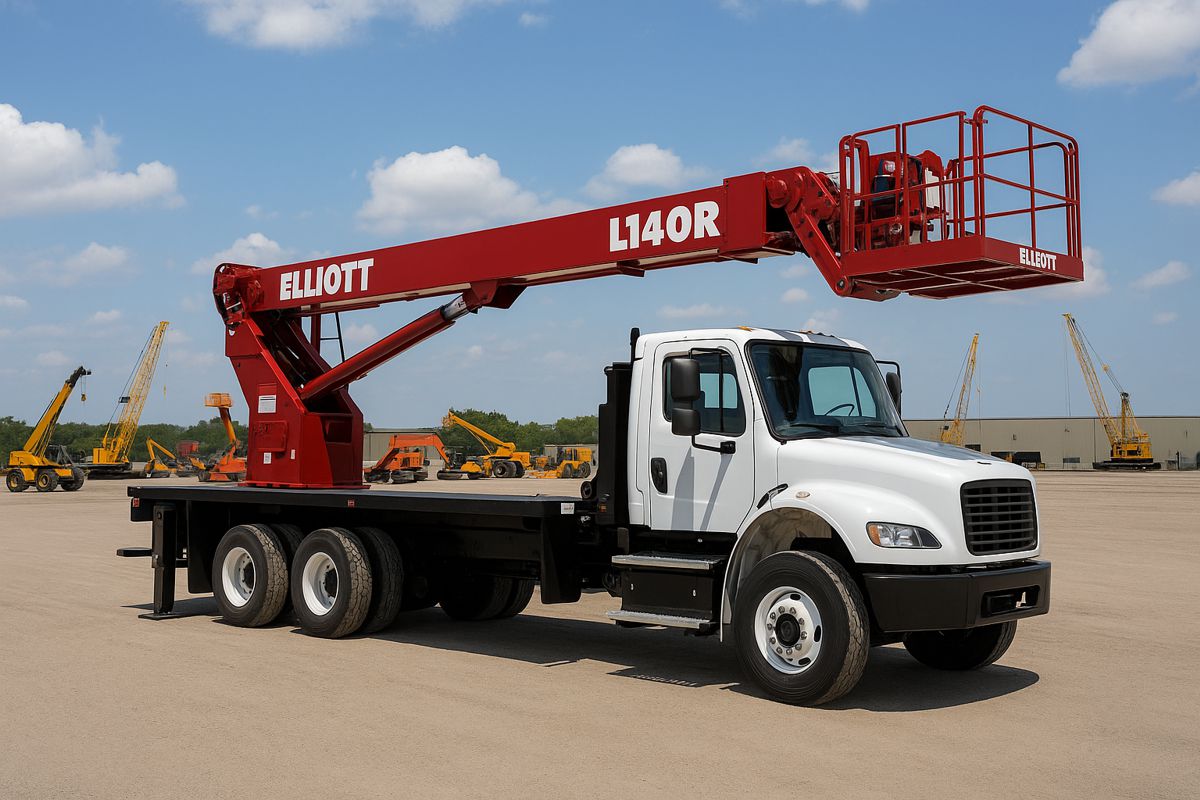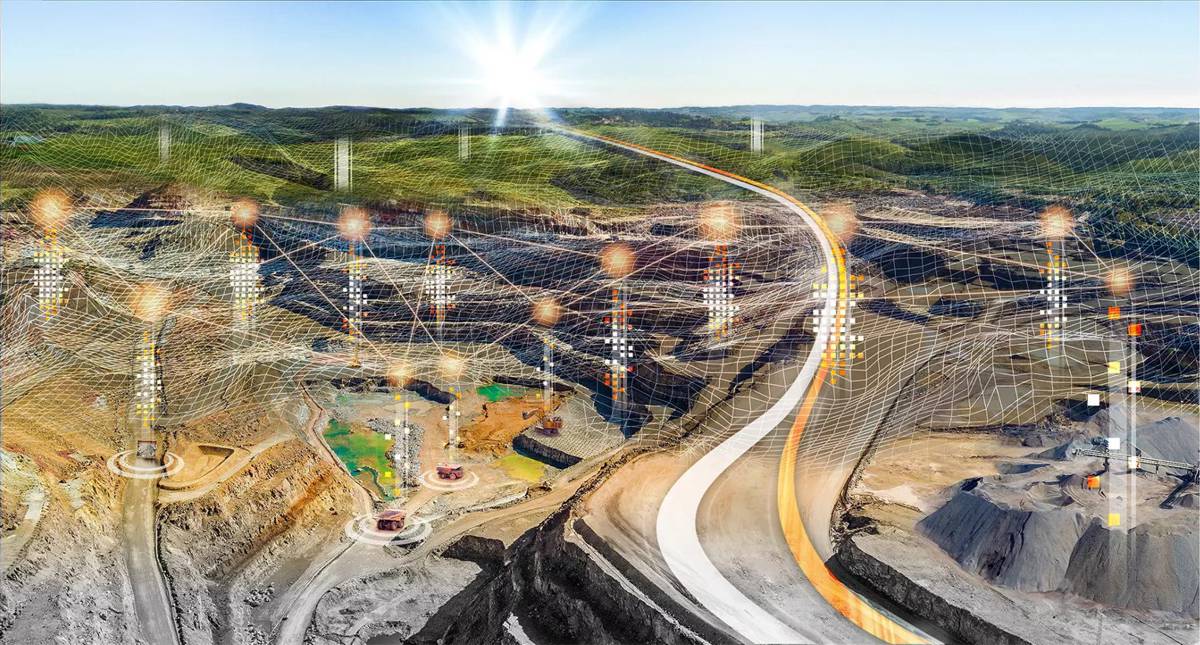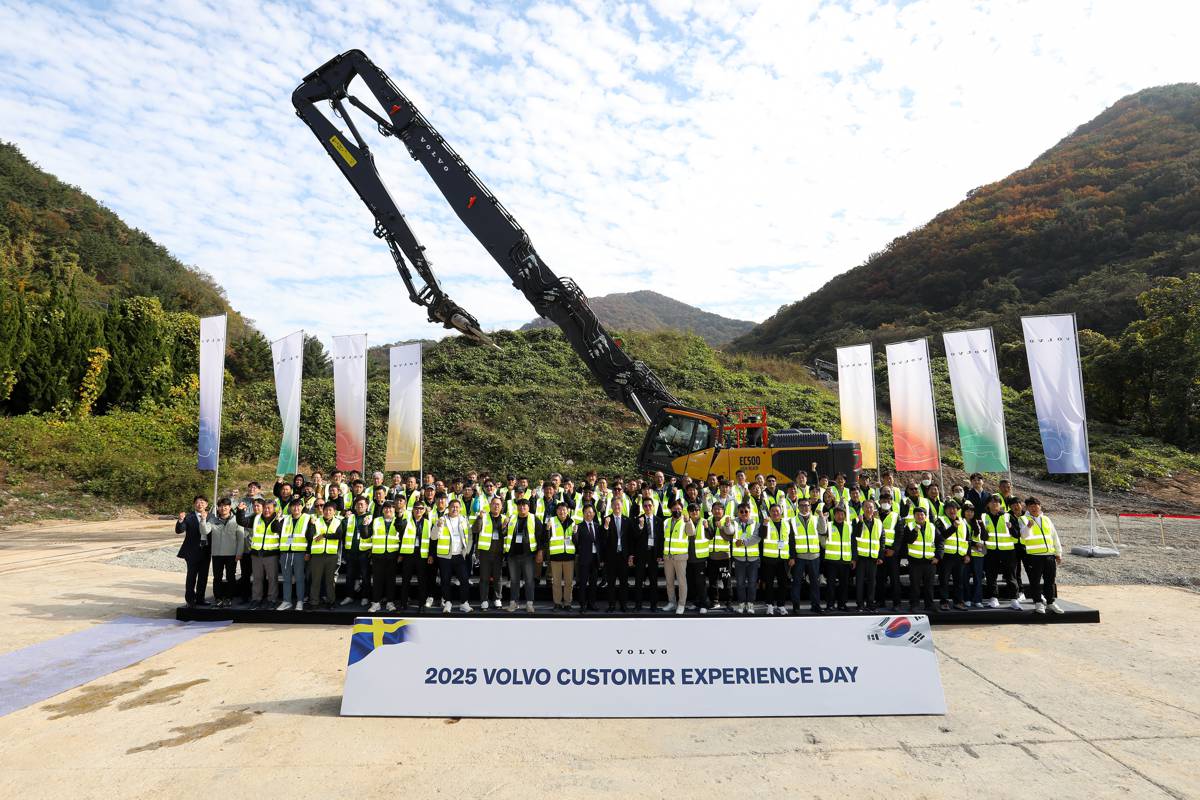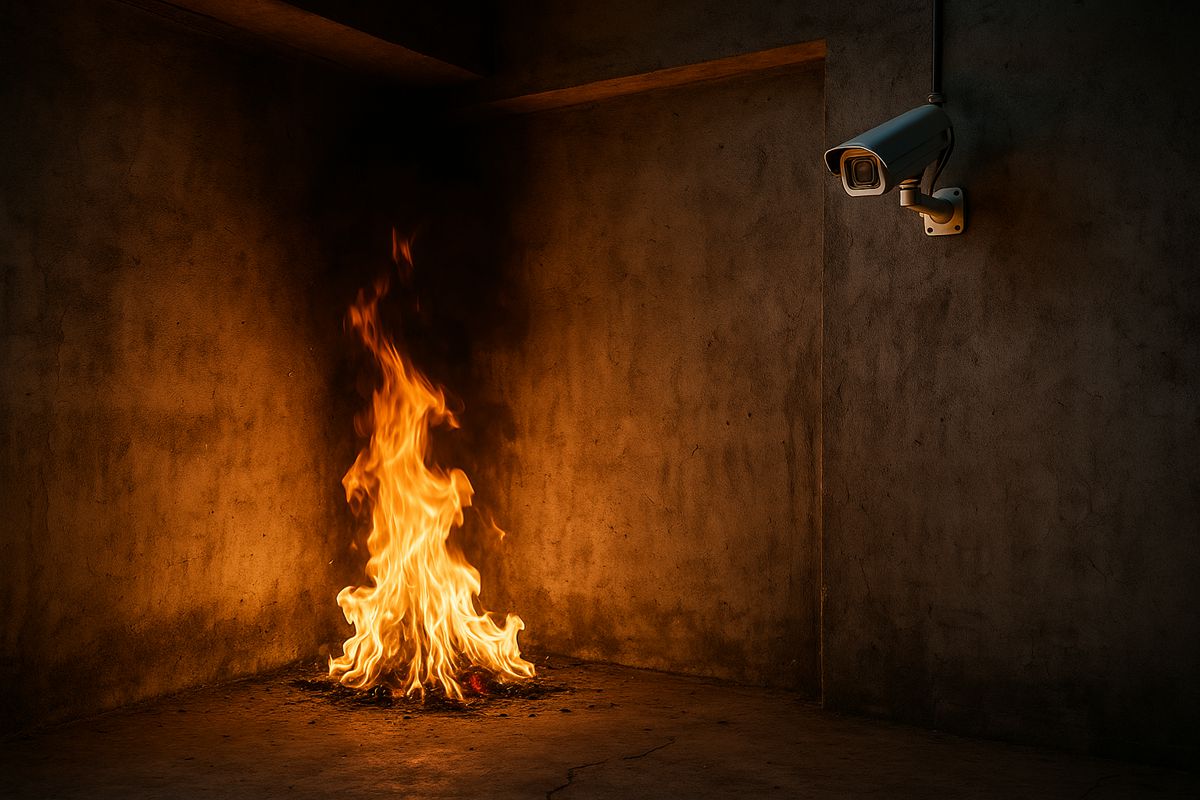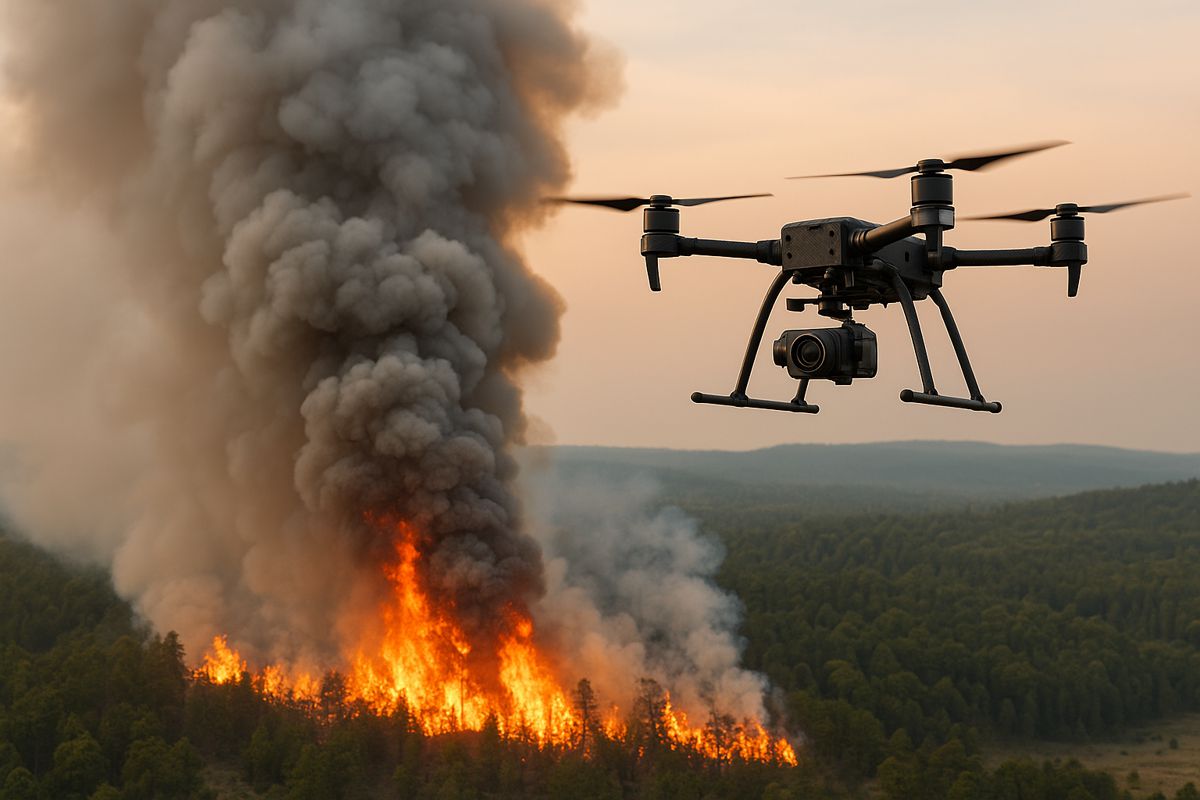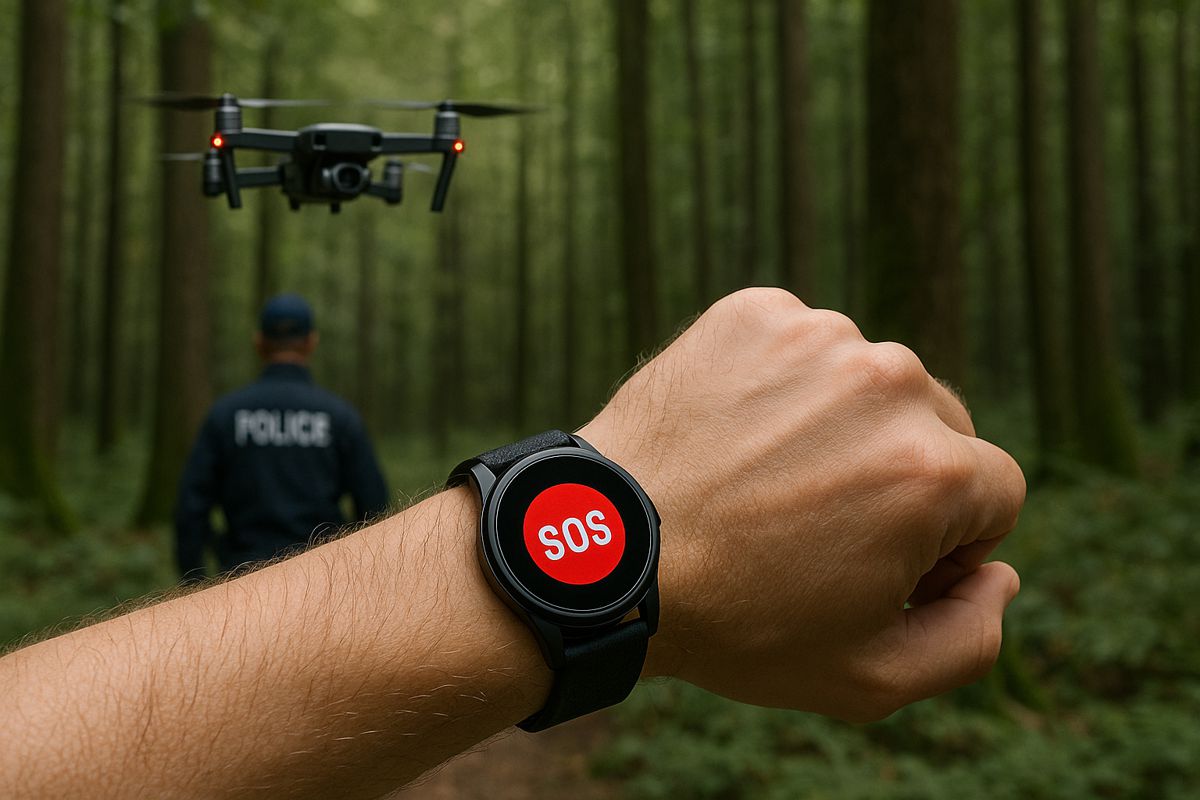Siemens Rolls Out SIQuench Arc Mitigation Switchgear Across US
Siemens has officially introduced its SIQuench technology to the U.S. market, representing a major step forward in electrical safety and system reliability.
Designed to suppress internal arc faults in medium-voltage switchgear, the new SIQuench for GM-SG and SIQuench Core systems aim to reduce downtime, protect equipment, and improve operator safety across critical infrastructure and industrial facilities.
Containing Arc Faults in an Instant
Arc faults are among the most dangerous incidents in electrical systems, often resulting in catastrophic damage, fire hazards, and costly operational disruptions. Siemens’ SIQuench systems are designed to detect and extinguish these faults within milliseconds, before pressure, heat, or toxic emissions can escalate.
The technology works through a rapid, four-step process:
- Detection: A sensitive arc protection relay monitors for both light and overcurrent, instantly recognising the onset of an arc.
- Activation: The relay simultaneously commands the main circuit breaker to trip while signalling the SIQuench module to intervene.
- Neutralisation: The SIQuench device channels the fault current through a controlled short-circuit path to earth, extinguishing the arc safely and swiftly.
- Recovery: The system immediately self-monitors for anomalies, providing alarms for any irregular conditions.
By acting faster than a single power cycle, SIQuench prevents damage before it spreads. Unlike traditional protection schemes that only isolate the fault after damage occurs, SIQuench mitigates the arc energy itself.
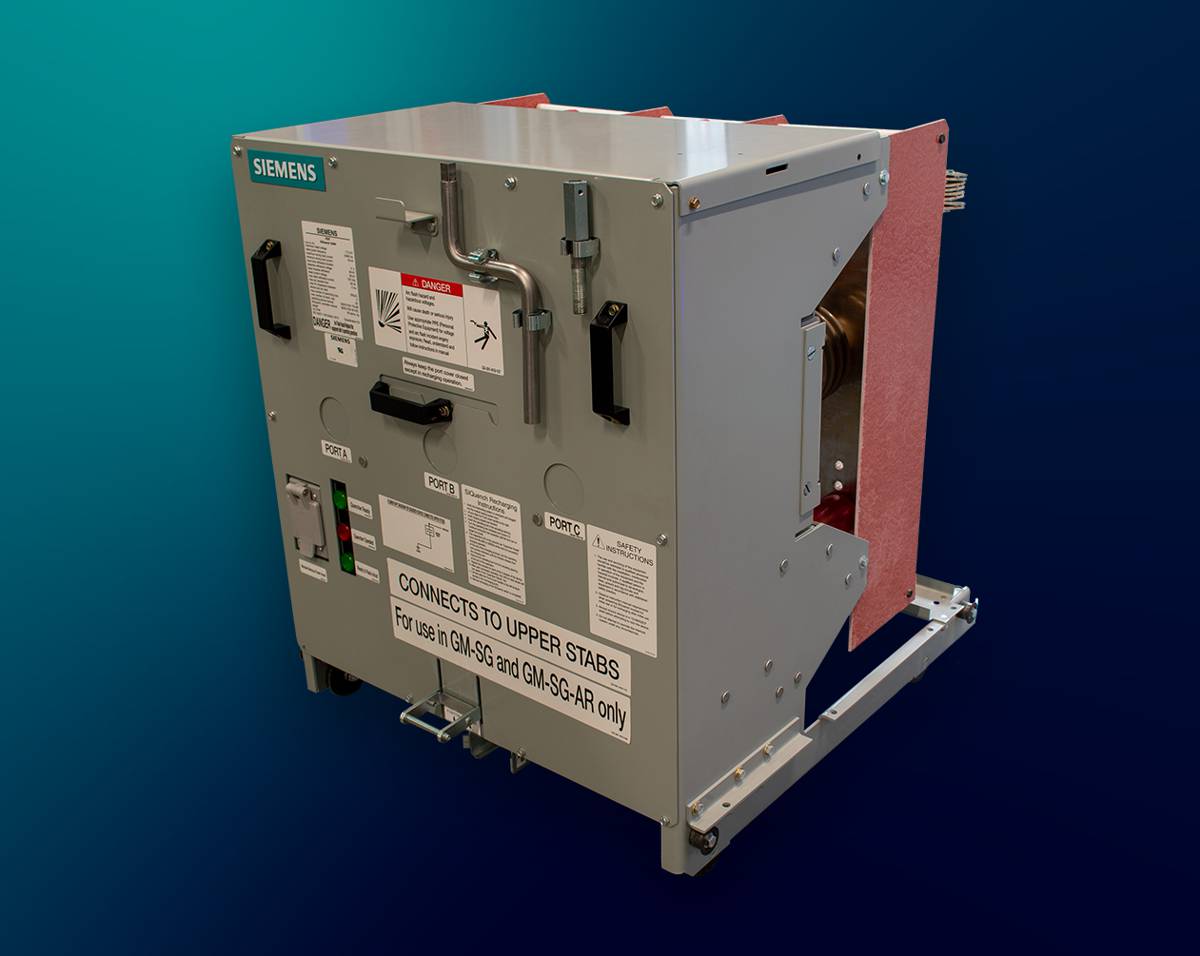
Precision Protection for Siemens Switchgear
Specifically tailored for Siemens’ GM-SG family of air-insulated switchgear, this version integrates seamlessly into the existing modular design. It actively suppresses internal arcs, minimising the release of heat, pressure, and debris while drastically shortening recovery times.
This UL-listed system not only enhances safety but also limits costly equipment replacement and post-fault cleaning. Siemens claims the module can withstand up to five arc events without replacement and requires no maintenance for up to 20 years, an impressive feat in an industry where reliability is non-negotiable.
Versatility Beyond Siemens Equipment
For operators using non-Siemens systems, SIQuench Core offers a flexible, UL-recognised solution compatible with a wide range of medium-voltage switchgear platforms. It delivers the same level of arc suppression and self-monitoring as the GM-SG model but is designed to retrofit into diverse OEM environments.
This approach opens the door for legacy infrastructure upgrades, enabling operators to enhance existing switchgear safety without complete system replacement, a practical advantage for utilities and large industrial complexes aiming to modernise within tight budgets.
Safety, Uptime, and Cost Efficiency
The benefits of SIQuench go beyond protection. Siemens designed these systems to meet modern demands for operational resilience and long-term sustainability:
- Reduced Downtime: Faults are resolved almost instantaneously, allowing quicker recovery and continuity of service.
- Lower Maintenance Costs: By reducing internal damage, SIQuench extends switchgear lifespan and minimises the need for spare parts.
- Enhanced Safety: Pressure, heat, and toxic emissions are mitigated, protecting workers and surrounding equipment.
- Long-Term Reliability: Maintenance-free operation for up to two decades ensures consistent performance.
- Continuous Monitoring: Built-in diagnostics detect and alert operators to abnormal conditions in real time.
A Strategic Step for Siemens Smart Infrastructure
The SIQuench rollout underlines Siemens’ growing commitment to smart infrastructure and digitalised energy systems. The company’s Smart Infrastructure (SI) division, which generated approximately €21.4 billion in fiscal 2024, is tasked with connecting energy systems, industries, and buildings to enable a more adaptive and sustainable grid.
Siemens Group USA continues to be a major player in the nation’s industrial and energy landscape, with $21.2 billion in revenue in 2024, 24 manufacturing sites, and a workforce exceeding 45,000 across all 50 states. The U.S. launch of SIQuench reflects Siemens’ intent to strengthen local energy resilience and advance domestic electrification initiatives.
Rising Demand for Arc Mitigation
Electrical arc incidents remain one of the top safety and reliability concerns in medium-voltage environments such as data centres, utilities, transportation hubs, and industrial facilities. Traditional protection methods, like overcurrent relays, react after a fault has already inflicted damage.
Arc mitigation systems like SIQuench represent a new paradigm, where the focus shifts from isolation to real-time suppression. This approach aligns with tightening U.S. electrical safety regulations and growing corporate emphasis on workplace safety and asset protection.
Competing technologies from other global players such as Eaton and Schneider Electric also focus on arc-flash containment, but Siemens’ combination of speed, reusability, and long-term reliability makes SIQuench particularly attractive for high-availability applications.
Towards a Safer, Smarter Power Future
As infrastructure networks evolve to support renewable energy, electric vehicles, and digital manufacturing, reliability in medium-voltage systems will become increasingly crucial. Siemens’ SIQuench technology provides a proactive answer to the challenges of tomorrow’s energy networks.
It’s easy to see why this development resonates with industry professionals: it offers tangible improvements in uptime, asset protection, and safety while aligning with broader sustainability goals. In essence, SIQuench is more than a protective device, it’s an enabler of smarter, more resilient power systems.
A Positive Charge
By bringing SIQuench to the U.S. market, Siemens reinforces its leadership in safe, intelligent, and adaptive electrical infrastructure.
The company’s innovation in arc mitigation sets a new benchmark for performance and reliability, ensuring that the nation’s grids and industrial networks are ready for a more electrified, connected, and sustainable future.








